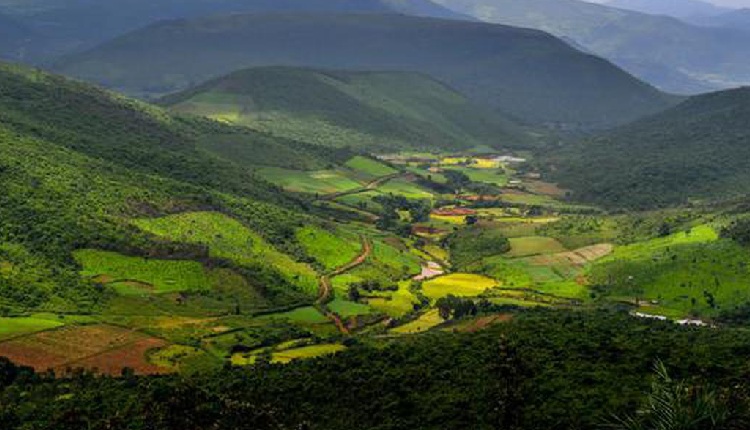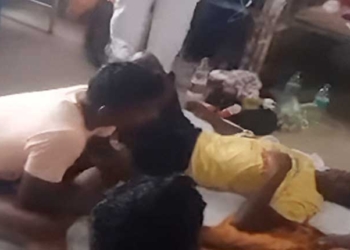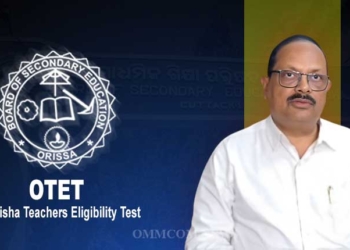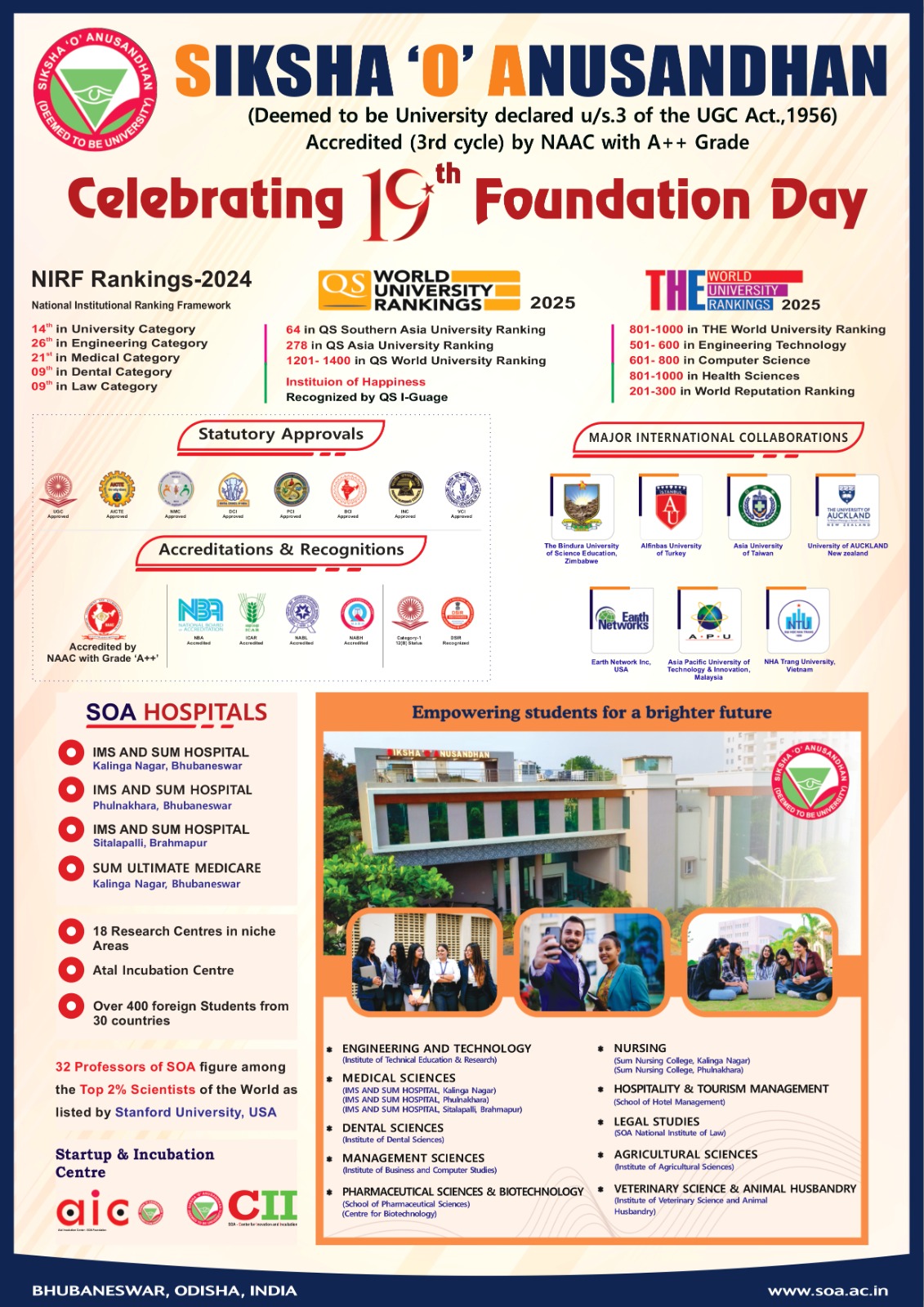Koraput (Odisha): Malyavant or Mali hill range is everything for the people of the 45 picturesque villages nestled in it. The hills, belonging to Odisha’s forest department, are the provider of herbal medicines in the villages located just five km from Semiliguda town in Koraput district.
From minor skin infections to heart diseases, neurological disorders, high blood pressure and paralysis, jadibuti (herbs) from the hills are traditionally seen as the perfect cure. Taking this idea forward, 10 disharis (traditional healers) jointly started the Sri Gupteshwar Herbal Medicine and Traditional Technology Research Institute in the year 2000.
“We are not qualified doctors. My elder brother and mother also work as disharis. My grandfather’s father was a dishari in the court of Maharaja Vikram Dev of Jeypore kingdom. We have come this far by practising the knowledge that our forefathers passed on to us… This facility will ensure that the traditional knowledge we possess will not fade away once we are gone,” Sri Gupteshwar institute’s director Hari Pangi (52) tells 101Reporters.
The disharis collect herbs from Iswaramali, Deomali and Hatimali that form part of the Mali hill range. They turn tree branches, leaves, roots and flowers into valuable medicines. Some are dried at a specific temperature and stored away.
Kishore Hantal (46) says jadibuti collection starts at a particular season and time. “We call it amrit bela. Most of the herbs and plants are collected in the monsoon season (early June to October), whereas some specific tubers and shrubs are collected before the fire season (February to May). We worship our tribal deity and pray for the good health of all villagers before setting out to find jadibuti in the morning or evening on a fixed day, as per Sushruta’s chikitsa sastra,” says the dishari, who claims there are many secret treatments that cannot be publicised.
Ramani Ranjan Mahapatra of Kakarigumma personally attests the efficacy of the herbal treatment. “I suffered from Guillain-Barre Syndrome for many years. My condition gradually got worse and I reached the stage of partial paralysis. As medical treatment at hospitals in Cuttack, Bhubaneswar and Visakhapatnam did not help, I came to Gupteswar healing centre. After six months of regular treatment, I feel fully healthy.”
Raghunath Bhumia of Maliguda says he prefers herbal medications for arthritis because they “have no side-effects and come cheap”. His doctor had advised a surgery that would cost him Rs 35,000. As he was not in a position to spend that much, he did not opt for it. A few months later, he contacted Pangi, who promised a cure for his three-year-old condition.
“I kept coming to the centre and took medicines hoping for a cure. In fact, I am feeling good now!”
Semiliguda native Tarulata Paraja strongly believes in Mother Nature and her abilities. “All tribal people first trust their traditional knowledge and practitioners. I believe in the same thing and encourage others to follow suit. Moreover, herbal medicines are inexpensive,” Paraja tells 101Reporters.
Losing plant diversity
“Previously, around 80 per cent of our requirement of herbs was met by these hills. Kasturi haladi, nilakantha kedar, jingiberi, gunjrimali, deosandha, bhumipal, kiktas lemon and penu karla are some of the local varieties that have disappeared due to climate change, illegal felling and mining. Therefore, we have to depend on various hills in nearby Rayagada and Malkangiri districts, and also Shunki hills on the Odisha-Andhra Pradesh border,” says Kalpanga-based Dishari Singru Hantal.
He claims the institute has treated cases of diabetes, appendicitis, sickle cell disease, heart disease, neurological disorders, paralysis, oral cancer, osteoporosis and sinusitis. “More than 20,000 people consult us every year,” he adds.
“Most of the trees with medicinal properties have disappeared from the Mali hills only in the last 20 years. Unsustainable harvest practices are the main reason,” says Kartik Lenka, senior scientist, MS Swaminathan Research Foundation (MSSRF).
Lenka blames disharis of tweaking time-tested harvesting practices. “Earlier, fruits, flowers and roots were collected at a specific time and season. However, it is done in an unskilled manner now, harming the trees in the long run. For example, removing the bark and leaves in dry months gradually kills the trees,” he says.
In some cases, after the unseasonal harvest, roots, leaves and tubers are exported to Andhra Pradesh or Chhattisgarh. Though there are strict rules under the Biological Diversity Act, 2002 (Section 41(3), Chapter X), Lenka alleges that the forest department is not interested in implementing them properly.
Learning curve
Dambarudhara Tading proudly claims that he and other disharis have managed to preserve around 100 rare varieties of medicinal plants in the four acre of land that the forest department donated to the community. They have not got any other incentive from the government so far.
“We also provide free training to young healers who are enthusiastic about this profession. Even researchers from the MSSRF, Koraput Central University, Odisha Biodiversity Board, ayurveda colleges, State Medicinal Plants Board and the National Innovation Foundation come here for training. Researchers learn the ropes from us, but do not give us any credit when publishing their findings. So, we now hesitate to speak to or teach them in-depth.”
For the protection and conservation of medicinal plant resources and the associated traditional knowledge, it is critical to document the locally available resources by registering them under the Peoples’ Biodiversity Register at the respective gram panchayat, block, district or urban level.
In case they need to bring about any changes in their practice, the healers sit together and reach an agreement on it.
(IANS)



















